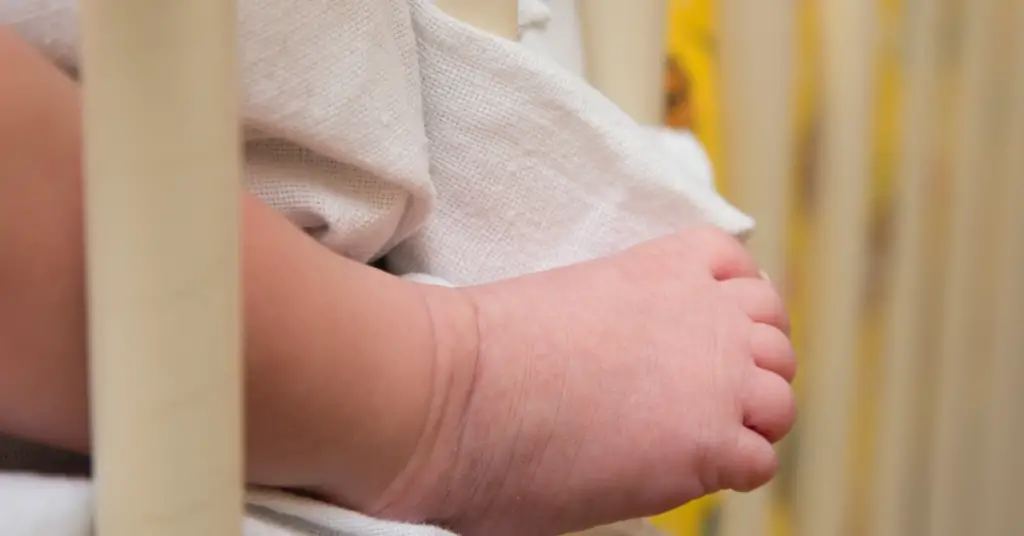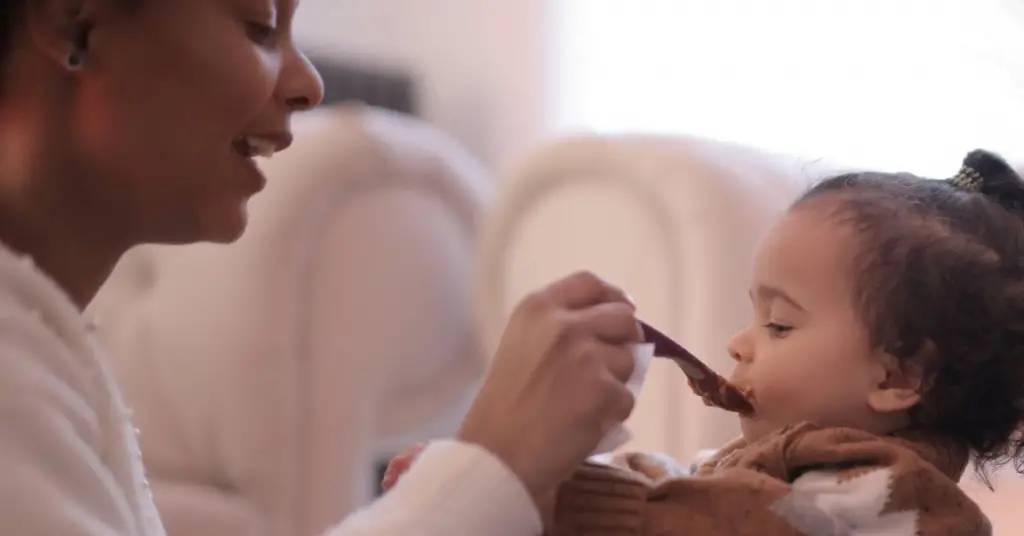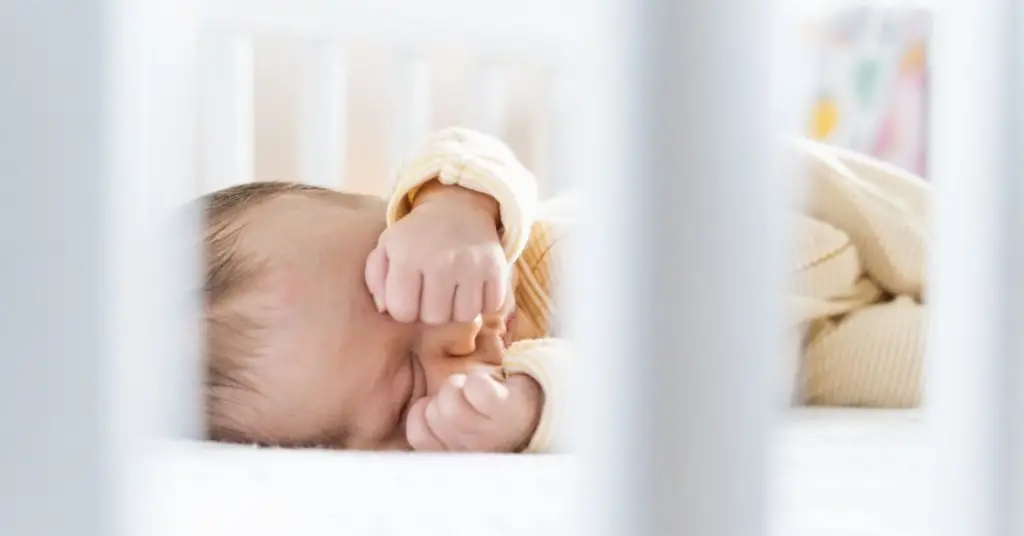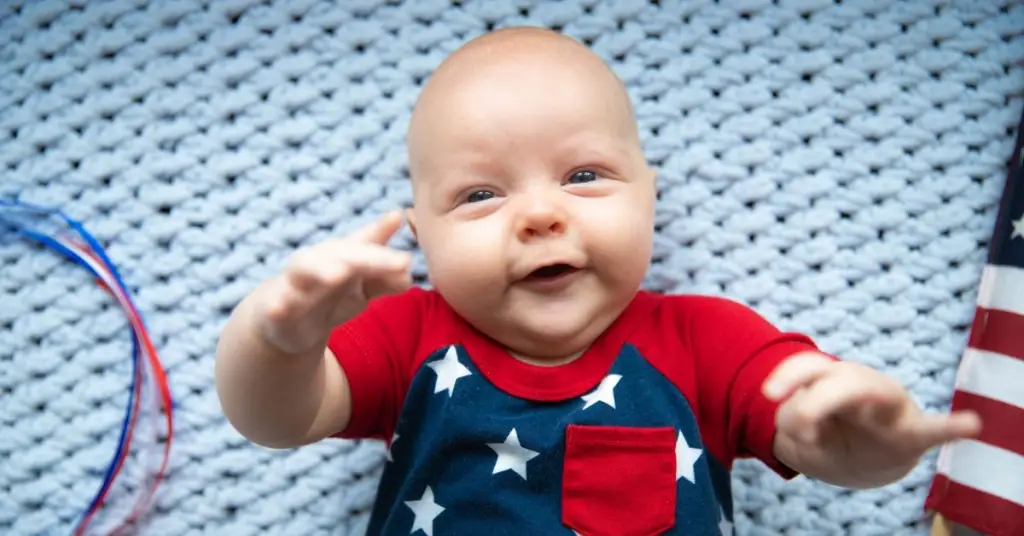Discover how long baby bottles stay sterile and learn the essential steps to safely handle them for your little one’s use.
The products mentioned on this page were independently selected by Babycious editors. As an Amazon Associate, Babycious may earn a commission from qualifying purchases.
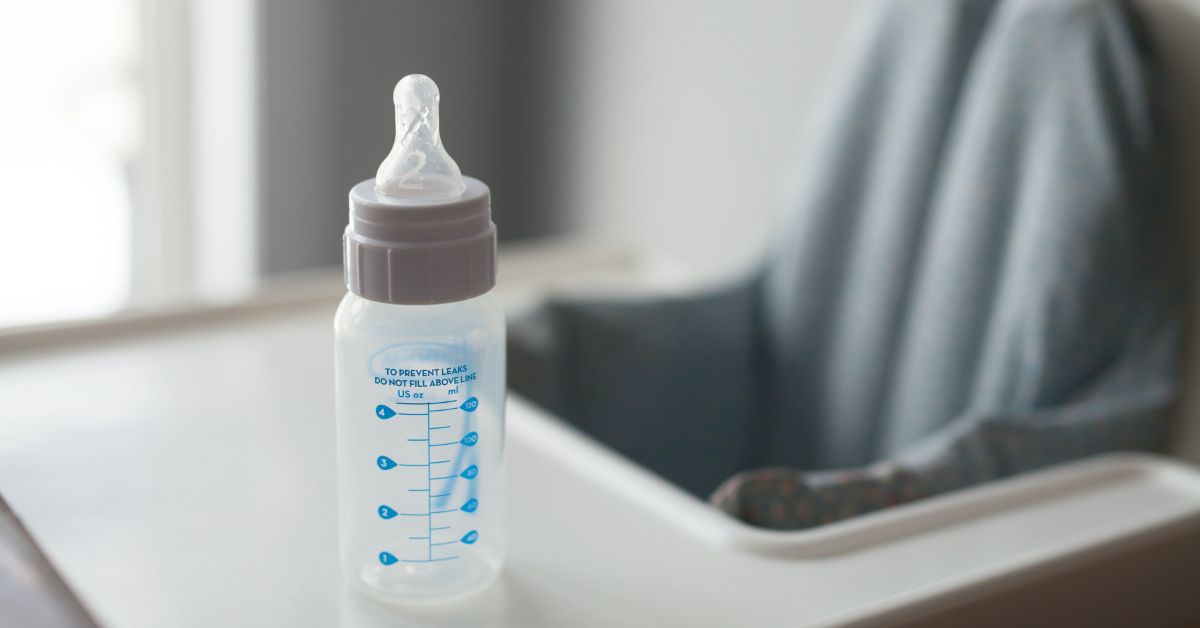
Photo by Burst
Your baby’s health and safety become your number one priority from the day you find out about the pregnancy and continue throughout their life. One of the most important aspects of caring for a newborn when you are bottle feeding is keeping their bottles and other feeding items clean and safe at all times. Sterilizing your baby’s bottles kills any bacteria that may be present, ensuring that your baby’s feeding equipment is safe to use. But how long do baby bottles stay sterile?
Depending on your sterilization method, your baby’s bottles will typically stay sterile for 24 hours if you leave them in the sterilizer with the lid on. Once you take them out and they enter in contact with the air, they won’t stay sterile and that’s okay: the bottles don’t need to be surgically sterile to be safe to use. However, it is important to always wash your hands before handling the bottles and to only touch the outside surfaces where possible.
As long as you practice good hygiene, your baby’s bottles should remain safe to use and free from contamination until their next feed.
Sterilizing Your Baby’s Bottles
Sterilizing your baby’s bottles is an important part of keeping your baby healthy, so make sure to do it regularly and properly to ensure the best hygiene for your little one. There are a few different ways to sterilize baby bottles, here are the main ones:
- Using a bottle sterilizer like the Philips Avent steam sterilizer and dryer. This is the most convenient method for sterilizing baby bottles, especially if you are exclusively bottle-feeding your baby or if you are juggling other kids with a newborn. Putting your bottles into the sterilizer after washing them just becomes a part of your daily routine, and you’ll be sure to be doing it regularly and properly.
- Boiling your bottles. To sterilize baby bottles using this method, place them in a pot with enough water to cover the bottles and bring it to a boil. Once it has reached boiling, leave the bottles in the water for at least 5 minutes to make sure all bacteria have been killed. Make sure to use tongs to remove the bottles to avoid burns.
- Using the sanitizing setting on your dishwasher. If you’re using a dishwasher to clean your baby bottles, make sure to run it with hot water and add the sanitizing setting. This is usually a very hot cycle that will kill all bacteria and leave your bottles clean, and you won’t need a separate sanitizing step.
Storing Your Baby Bottles After Sterilizing Them
Once you remove the bottles from the sterilizer (or the pot, or the dishwasher depending on your sterilization method), the bottles will no longer be sterile but they will stay safe to use for your baby as long as you practice good hygiene..
Dry the Bottles Completely Before Storing
This step can be sometimes overlooked by parents as they are rushing through the process of cleaning and sterilizing their baby’s bottles. It’s important to make sure that you dry your bottles off completely before storing them away.
Always make sure that the bottles and other components are 100% dry before assembling and storing them so that you don’t leave a chance for mold or mildew growth. That’s my biggest worry when it comes to bottles!
Never use a kitchen towel to pat the bottles down after sterilizing the bottles so you don’t transfer any germs or lint to the bottles.
You can either air dry the bottles on a clean cloth or a countertop drying rack if you are hand washing them. If you are using a dishwasher or sterilizer with a drying function, follow the instructions in the user manual to make sure that you get the best results.
Keep the Dust Off Your Bottles
Once the bottles are completely dry, make sure you wash your hands before assembling them and to only touch the outside surfaces of the bottles when possible.
Make sure to keep the bottles in a clean and dry place away from dust and potential sources of contamination. You can either store the assembled bottles with the cap on in a closed kitchen cabinet or in the fridge. As long as you have a lid over your bottles they should stay safe to use until your baby’s next feed.
You can also leave your bottles in the sterilizer and take them out one at a time. Just remove and assemble the bottle right before you use it and replace the sterilizer’s lid. This way, you don’t have to worry about the bottles collecting dust or other particles in between uses.
How Long Do You Need to Keep Sterilizing Bottles?
According to the Centre for Disease Control and Prevention (CDC), Sterilizing your baby’s bottles is particularly important when your baby is under two months old, or if your baby was born prematurely or has a weakened immune system.
Although your newborn baby’s immune system is functioning and can deal with a little bacteria, you don’t them to be unnecessarily exposed to it in large amounts, so sterilizing your bottles is always the safest option.
After your baby has reached two months of age, you can start spacing out the sterilization process and simply practice regular hygiene when washing the bottles. This means using hot water and soap after each use, rinsing the bottles and components well, and drying them completely before reassembling them.
Bottom Line
Sterilizing your baby’s bottles is an important step in ensuring their safety and well-being. Taking the necessary steps to ensure that the bottles are properly sterilized and stored correctly will help them stay safe for your baby until you are ready to use them.
Make sure to practice good hygiene when handling your bottles, always dry them off completely before storing them, and make sure that they are stored away from dust and other potential sources of contamination.
The purpose of this article is informative and educational only. It’s not a substitute for medical consultation or medical care. We do not accept any responsibility for any liability, loss, or risk, personal or otherwise, incurred as a consequence, directly or indirectly, from any information or advice contained here. Babycious may earn compensation from affiliate links in this content.
